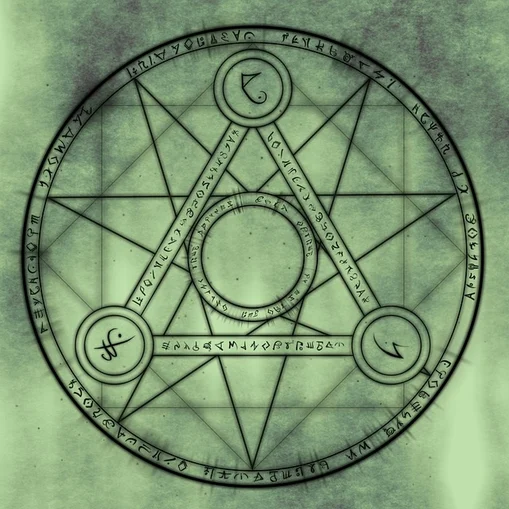This image was taken through the 100x oil objective and a 2x camera adapter projecting the image into a Nikon D7500. The sample is a leaf from one of my plants (Dioscorea elephantipes, but I don’t think this picture would look very different for other plant species)
The edges of he leaf were already yellowish brown. Here is a photo of that area with much less chlorophyll:

And here is a photo through the 40x objective using oblique illumination:

If you want to see some really fantastic photos of plant stomata I recommend having a look at Rolf Vossen’s photographs here: https://microscopyofnature.com/stomata
I am looking through his documentation trying to understand how he managed to get those images. They are spectacular.
Awesome!
All of my students get pictures like the second one because we don’t look at the leaf itself. We use nail polish to make an impression and look at that. It comes out as a monochrome relief.

Oh, wow! I didn’t know about this microscopic difference between monocots and dicots. So cool!
Took me back to microscopy lessons in 7th grade, tearing leaves just the right way to see stomata. I only ever got results like the second picture though. Is all that green on the first just chlorophyll?
I didn’t even need to tear the leaf, I just placed a drop of oil on top and used the 100x objective. The green is from the chlorophyll, yes. I suspect that the cells are so packed with chloroplasts that it just looks smoothly green.
Neat!
Prob the layers below
I think so… What is interesting to me though is that the chloroplasts (I think) are visible in the stomata. Do you think it might be because the layers below it are thinner? Actually… What is “under” the stomata that opening up allows air to access to? Rhetorical question - I am just thinking out loud. I’ll look it up!
Ok, I have looked at this leaf diagram but I still don’t get why the chloroplasts in guard cells would be more visible if the layers below are so chlorophyll-dense… Need to go deeper…

Under stomata is stomatal pore into the mesophyll. Kinda weird. Here’s some pics
https://propg.ifas.ufl.edu/01-biology/02-cell-types/10-celltypes-stomate.html
Cool, thanks!
In this picture the cells in the epidermis layers appear to lack chloroplasts. I wonder if that’s the case… That might also explain this.

If it were red it would be plant stigmata

Here ya go
Great album cover!!
Is this with a filter? A stain? Post-processing?
Thanks! Stained with saffranin
Very cool. Before staining, did you prepare it in some way?
Yeah. I was supposed to clear the leaf of cellular contents so I could see through it to the other side. Accidentally left it in acid for too long and each layer separated. This is only the epidermis one later thick
Thanks for the explanation. I will look into how to remove cellular contents and how to separate layers. I didn’t know this could be achieved with acid :D
No worries. I can send you protocol



